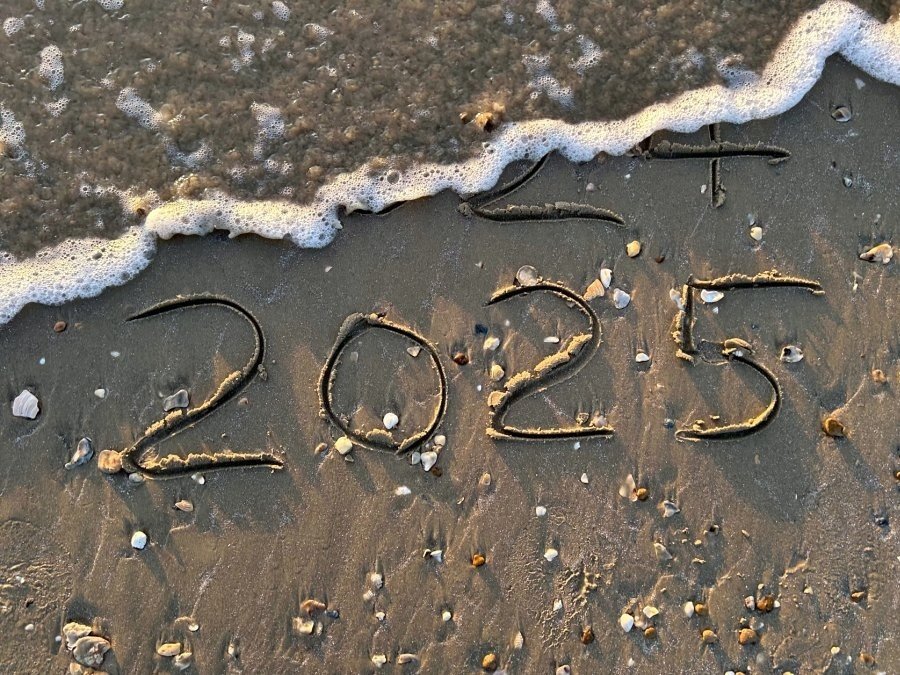 A Look at Its History, Benefits, and Current Practice in the U.S.
A Look at Its History, Benefits, and Current Practice in the U.S.
Daylight Savings Time (DST) is just around the corner, with clocks set to “fall back” on Sunday, November 3, 2024. This biannual practice has a history in the U.S. dating back to 1918, when it was first introduced as a way to conserve fuel during World War I. It became widely adopted during World War II, then made permanent through the Uniform Time Act of 1966. The idea is simple: shifting an hour of daylight from the morning to the evening makes better use of daylight hours, which was initially intended to save energy.
Today, most of the United States observes DST, with notable exceptions. Hawaii and most of Arizona (excluding the Navajo Nation) do not participate, opting to keep their clocks constant throughout the year. Similarly, U.S. territories like Puerto Rico, Guam, and the U.S. Virgin Islands also forgo the practice.
While the energy-saving benefits of DST have been debated, its cultural and social advantages remain. Longer evenings during DST encourage more outdoor activities, increase consumer spending, and provide more daylight for social events and recreation. However, the clock change can disrupt sleep patterns and affect people’s circadian rhythms. As debates continue about whether to make DST permanent, Americans will once again adjust their clocks and routines for another season.

 Posted in
Posted in 
























